Force majeure letter template
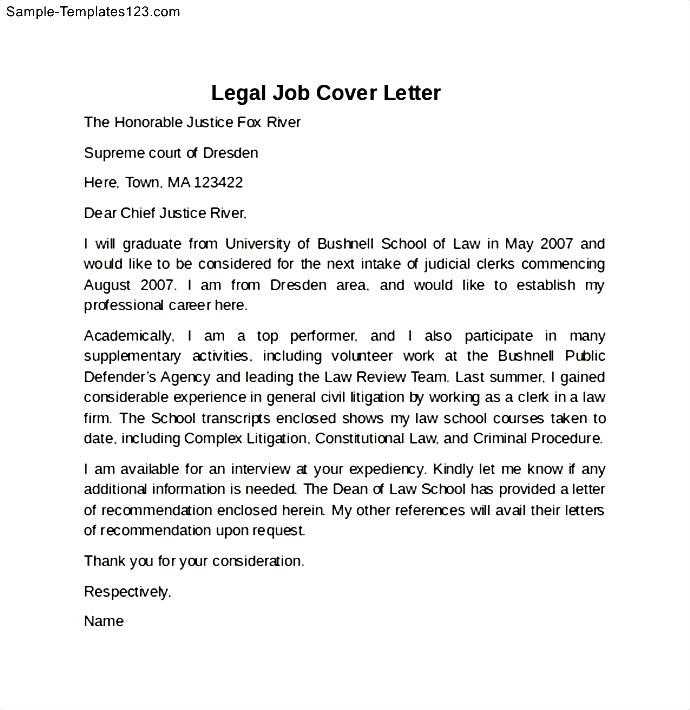
If you find yourself unable to fulfill contractual obligations due to an unforeseeable event, a well-crafted force majeure letter can protect your business from penalties and legal repercussions. This template helps clearly communicate the situation to your counterpart, explaining the event and how it affects your ability to perform as agreed.
A force majeure letter should begin with a clear statement identifying the event that triggered the disruption. It’s important to be specific–whether it’s a natural disaster, war, or government action, the cause must be detailed. Then, explain the direct impact on your obligations under the contract. For example, if a delivery or service cannot be made, be specific about the delay and its reasons.
In the next section, you should outline the steps taken to mitigate the effects of the event. This shows that you are proactive and attempting to meet your contractual obligations despite the setback. Close the letter with a request for an extension or alternative arrangement, while being transparent about the situation’s timeline.
Here’s the corrected version:
In a force majeure letter, it’s important to clearly state the reason for the event causing delays or non-performance. Use precise language to avoid any ambiguity. If your company is facing disruptions due to uncontrollable external circumstances, be transparent about the situation while maintaining professionalism.
Key Elements to Include:
- Subject Line: Make it clear and direct, e.g., “Force Majeure Notification – [Your Company Name].”
- Introduction: State the purpose of the letter and briefly outline the force majeure event.
- Details of the Event: Provide specific details on how the event has impacted your ability to meet obligations. Mention the dates, nature of the event, and why it’s outside of your control.
- Impact on the Agreement: Describe the effect of the force majeure event on your contract or performance. Clarify which terms or deadlines will be affected.
- Mitigation Efforts: Outline the steps your company is taking to reduce the impact of the event. Show that you are working toward a resolution.
- Next Steps: Specify any actions you are taking or propose new deadlines. Be transparent about the expected timelines.
- Closing: Close by reiterating your commitment to fulfill the contract and apologizing for the inconvenience caused.
Example of a Force Majeure Letter:
Dear [Recipient Name],
We are writing to inform you that due to [force majeure event], we are unable to fulfill our contractual obligations outlined in [contract reference] for the period of [dates]. This unforeseen event has created a disruption that is beyond our control.
We have taken the following steps to mitigate the impact of this situation: [list steps]. While we cannot guarantee the immediate resumption of normal operations, we are committed to addressing the issue as quickly as possible.
We appreciate your understanding and will keep you informed of any further developments. Please feel free to contact us if you have any questions or concerns.
Sincerely,
[Your Name]
[Your Position]
[Your Company Name]
- Force Majeure Letter Template Guide
To write an effective Force Majeure letter, you must clearly express how unforeseen circumstances have disrupted your ability to fulfill obligations. Begin with a straightforward opening that identifies the agreement or contract involved and the specific force majeure event. Mention the event by name, such as a natural disaster, strike, or government action, and describe how it has impacted your operations.
Key Elements to Include
Ensure the letter covers these points:
- Identification of the Agreement: Reference the contract or agreement in question. This establishes the context and relevance.
- Explanation of the Force Majeure Event: Provide a brief but detailed account of the event that triggered the force majeure clause. Describe its nature, the scope of its impact, and the timeline.
- Impact on Performance: Clearly state how the event has made it impossible or impractical for you to meet your contractual obligations. Include any steps you’ve taken to mitigate the impact.
- Notification of Suspension or Delay: Let the recipient know how long the delay might last or if you are suspending performance for an indefinite period. Be realistic about timing and future communication.
- Reference to Force Majeure Clause: Cite the specific language in the agreement that covers force majeure. This shows that your actions are based on the contract’s terms.
Closing Remarks
Finish by expressing your commitment to resuming normal operations as soon as possible and ensuring that you will keep the other party informed of any developments. Include a polite closing statement to keep the relationship professional and cordial. Remember, clarity and transparency are key.
Force majeure clauses protect parties in contracts from liability or performance issues caused by events beyond their control, such as natural disasters or political unrest. These clauses outline specific circumstances under which a party is not held responsible for failure to meet obligations. They provide clarity on what events qualify and what steps must be taken in such situations.
One important aspect is defining the events that qualify as force majeure. Typically, these include extreme weather events, strikes, wars, pandemics, and government actions. Parties should tailor these clauses to their specific industry and risks, ensuring they account for the most likely disruptions they might face.
Notice requirements are also a key consideration. The party affected by the force majeure event must notify the other party in a timely manner, often within a specific time frame. This gives both sides the opportunity to assess the situation and determine how to proceed without penalty.
Mitigation efforts are commonly required, meaning the affected party must take reasonable steps to reduce or prevent the impact of the event. Failure to do so could result in the force majeure clause being voided or limited in scope.
Lastly, force majeure clauses often specify how long a party can suspend its obligations before the contract is terminated. Knowing the duration of suspension and the termination process can help both sides understand their options if the force majeure event persists.
Clearly state the event causing the delay or non-performance, describing it in detail. Specify whether the event qualifies as force majeure under the contract’s terms. Provide the date on which the event occurred or began, and explain its direct impact on your ability to fulfill obligations. Indicate the efforts made to mitigate the effects of the event. Outline any actions taken to resume normal operations, and provide an estimated timeline for when the issue might be resolved. Include documentation or supporting evidence if applicable to back up your claims. Keep communication open and offer alternatives if possible, such as proposing revised deadlines or solutions.
How to Format and Structure a Force Majeure Letter
Begin by clearly stating the purpose of the letter. Make sure to mention the specific event or condition that triggers the force majeure clause. Identify the force majeure event in the opening paragraph, such as a natural disaster, labor strike, or government action, and link it to the contract terms that allow for suspension or delay of obligations.
1. Address and Date
Include the recipient’s full name, title, and company address at the top of the letter. Below, place the date the letter is being sent. This establishes clear communication and provides a reference point for any follow-up correspondence.
2. Introduction
Open with a direct statement referencing the relevant contract and the force majeure clause. Indicate your intent to notify the recipient of the event impacting performance. If applicable, mention how the event is preventing or delaying performance under the agreement.
For example, start with: “We are writing to inform you that due to [specific force majeure event], we are unable to fulfill our obligations as outlined in the agreement dated [date].”
3. Description of the Force Majeure Event
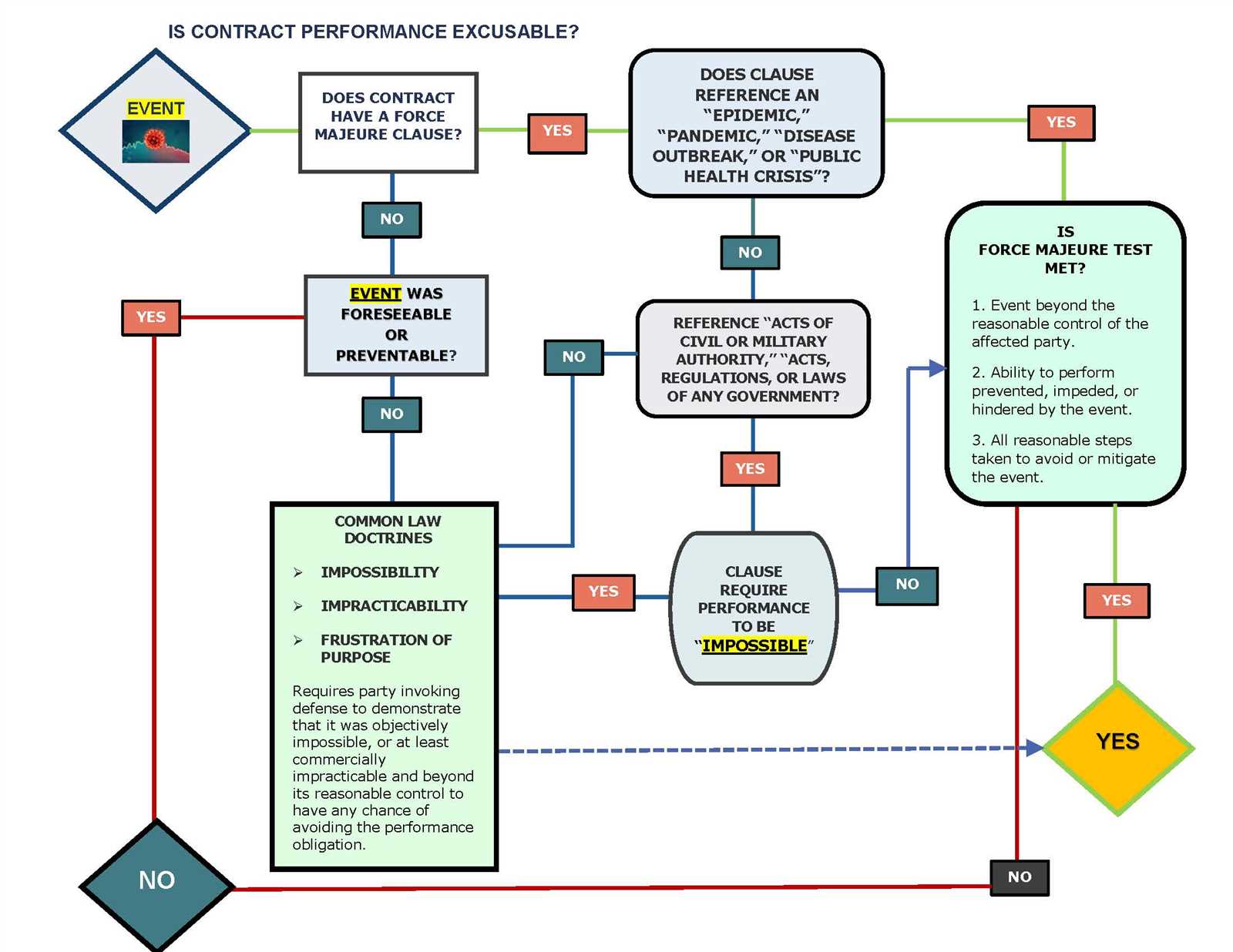
In the next section, explain the circumstances in detail. Be precise about the nature of the event, the date it began, and how it affects performance. Provide any supporting evidence or documentation if available, such as government declarations or news reports.
It’s important to describe the direct impact of the event on your ability to meet contractual obligations. Be concise but thorough to avoid confusion.
4. Impact on Contractual Obligations
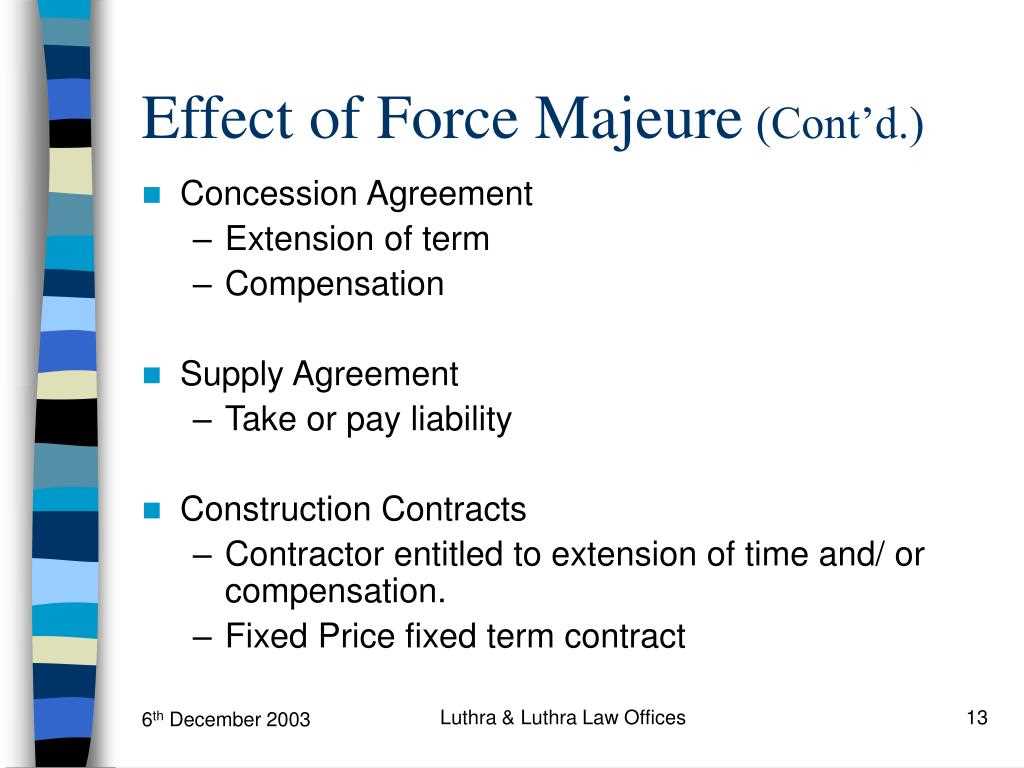
Clearly outline how the force majeure event has interfered with the performance of specific obligations in the contract. If possible, refer to relevant sections of the agreement that detail performance expectations or timelines.
5. Mitigation Efforts
Describe any actions taken to mitigate the effects of the force majeure event. This shows that you are making an effort to reduce the disruption, even if full performance cannot be achieved. If possible, propose an alternative timeline or solution for resuming work.
6. Closing Statement
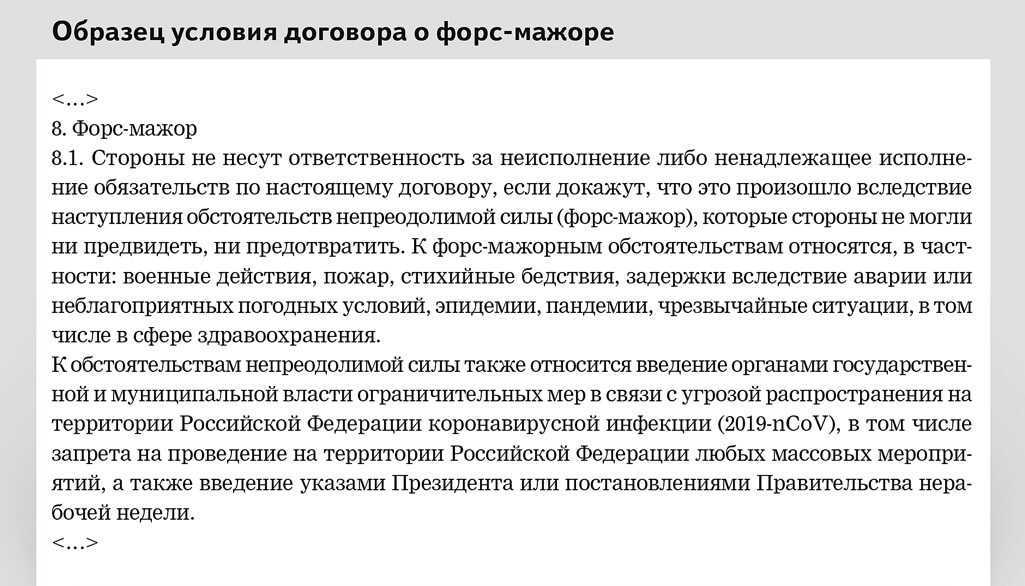
Conclude the letter by reaffirming your commitment to the agreement and any efforts to resolve the situation. Be sure to include contact information in case the recipient has questions or needs further clarification.
End with a polite closing, such as: “We appreciate your understanding and will continue to monitor the situation closely. Please do not hesitate to contact us should you require further details.”
When to Send a Force Majeure Notice: Timing and Considerations
Send a force majeure notice as soon as you realize that an unforeseen event has hindered your ability to fulfill contractual obligations. Delaying this notification could affect your legal standing and may imply that you’ve waived your right to claim force majeure protection.
Immediate Action is Key
Notify the other party immediately once the force majeure event occurs or when it becomes apparent that it will impact your performance. Delaying the notice can lead to complications, such as missed deadlines or misinterpretations regarding your intentions. Make sure your notification complies with the terms of the contract regarding deadlines for force majeure claims.
Assess the Duration and Severity of the Event
If the event is temporary but severe, keep the other party informed about the duration and possible impact. Providing updates will help manage expectations and could lead to an amicable resolution. If the event is expected to last longer, consider sending a formal notice sooner rather than later to avoid confusion and legal complications.
One of the most common mistakes is failing to clearly define “force majeure.” Avoid vague descriptions and ensure it specifically lists the events that can trigger the clause, such as natural disasters, wars, or government actions.
Another mistake is not specifying the consequences of force majeure events. Be clear about how obligations are affected–whether performance is suspended, delayed, or excused entirely. Ambiguity here can lead to disputes later.
Don’t neglect to include a procedure for notification. The document should outline how and when parties must notify each other about force majeure events. Failing to set deadlines for such notifications could lead to confusion or even breach of contract claims.
Be cautious of overuse of force majeure clauses. If the clause is written too broadly, it may be difficult to enforce. Focus on relevant risks to avoid undermining the document’s intent.
Another key point is not addressing the duration of the force majeure event. Specify how long an event can continue before either party can terminate the contract or seek alternative remedies.
Finally, always include a dispute resolution mechanism. If the parties cannot agree on the impact of the event, having a set process for resolving disagreements helps protect all involved parties from extended disputes.
Failure to properly address force majeure situations can result in legal and financial consequences. By invoking force majeure, a party signals that certain obligations cannot be met due to unforeseen circumstances. However, this does not grant a free pass. The validity of a force majeure claim depends on the contract terms and the nature of the event causing the delay or failure.
Contractual Consequences
Force majeure clauses typically outline the procedures for notification, deadlines, and acceptable events that can trigger the clause. Failure to follow these procedures can invalidate the claim. If a party fails to notify the other party in a timely manner or does not provide sufficient evidence of the force majeure event, they may face breach of contract claims. Always ensure that the contract includes clear language on notification and documentation requirements to avoid potential disputes.
Potential Financial Liabilities
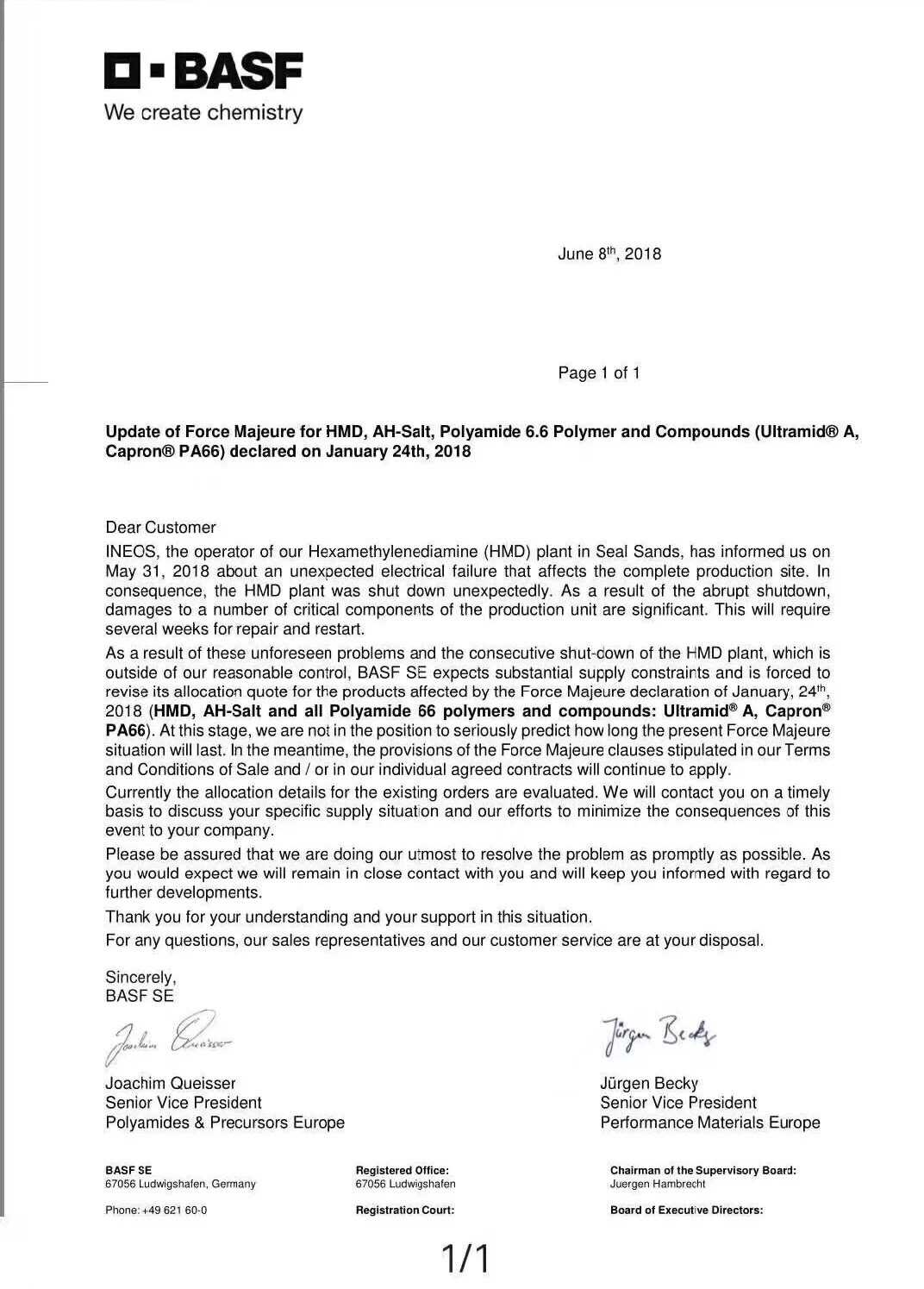
If the force majeure event is deemed to have been avoidable or not properly documented, the party invoking the clause could be liable for damages. Even if the event is covered by the clause, it’s important to consider the scope of the event. If it does not fully prevent the ability to perform, partial performance or mitigation efforts may be required. Failing to mitigate losses or continue with partial fulfillment may also lead to legal action.
| Legal Risk | Possible Consequences |
|---|---|
| Improper Notification | Invalid claim and potential breach of contract |
| Failure to Mitigate | Financial liability for lost profits and damages |
| Uncovered Events | Rejection of the claim and responsibility for non-performance |
In conclusion, when invoking force majeure, it is essential to adhere to the contract’s stipulations and act in good faith. Ensure proper documentation and timely notifications to avoid legal and financial setbacks.
Force Majeure Letter Template: How to Maintain Clarity and Structure
When drafting a force majeure letter, be concise and direct. Clearly explain the event causing the disruption, its impact, and the steps being taken. Avoid unnecessary repetition and keep each section focused on a single point. Include a brief overview of the situation, followed by an outline of the force majeure event’s effect on your obligations.
Make sure the language remains professional, yet straightforward. Begin by identifying the specific force majeure event, such as a natural disaster or government action. Clearly connect the event to the inability to meet contractual obligations. Then, specify the duration of the disruption and mention any attempts to mitigate the situation.
End with a request for understanding or the next steps. Refrain from including excessive background or details unrelated to the disruption. This will help ensure the letter is effective and easy for the reader to follow.